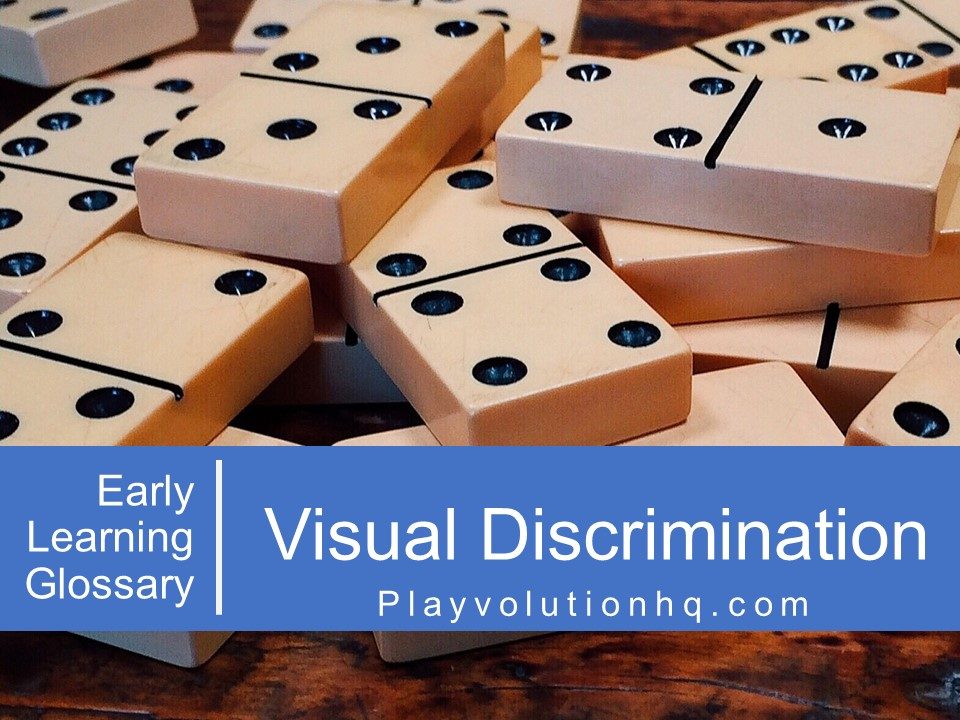
About Visual Discrimination
Visual discrimination is the ability to see differences between similar objects, detect specific features of objects, match identical objects, and point out similarities objects share. This handy skill helps navigate the world; for example, visually distinguishing between Poison Ivy and Virginia Creeper while on a walk in the woods can save you from an itch, itch, itchy experience.

Visual discrimination helps us sort and classify things we encounter as we engage the world. Among other things, this makes life safer and more predictable. For example, it’s handy to look at an apple and know it is not a pepper or tomato.
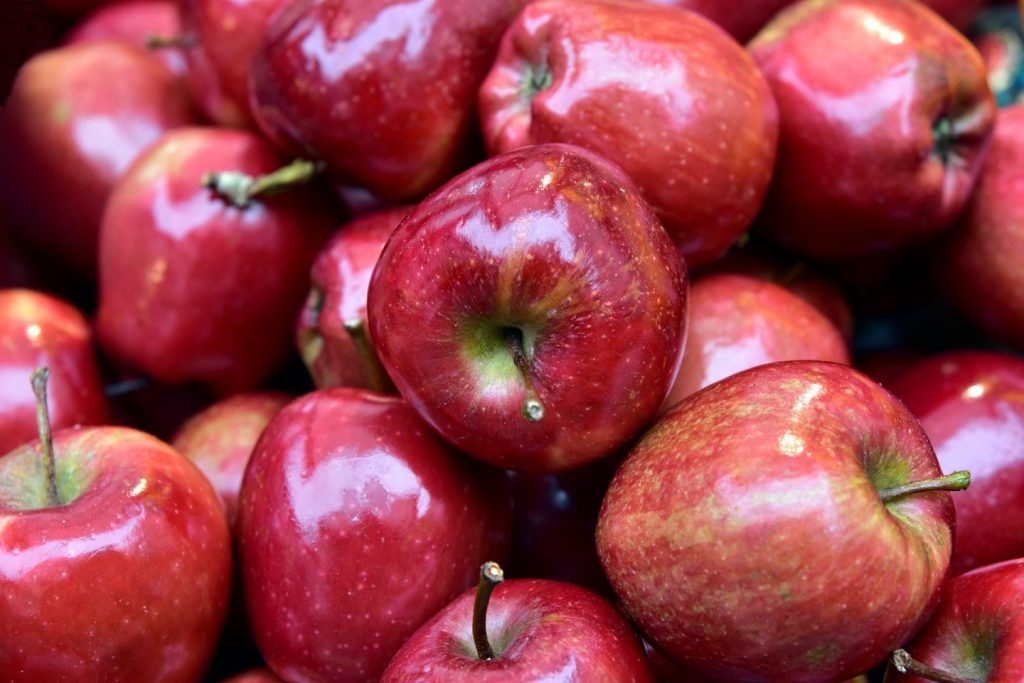
Visual discrimination is also an essential part of reading and writing. Both skills are much easier when you can tell the difference between the letters n and u.
All of our senses are important, but we humans are visual creatures. James Clear writes, “The human body has about eleven million sensory receptors. Approximately ten million of those are dedicated to sight. Some experts estimate that half of the brain’s resources are used on vision.” (Clear, James. Atomic Habits (p. 84). Penguin Publishing Group. Kindle Edition.)
Visual discrimination is a skill that is developed–it takes time and practice to refine. That said, children are wired to learn this skill, and most do so at a fantastic pace, mainly through self-directed play, explorations, and interactions with near-peers and adults.
Very young children may look at a tiger or hen and exclaim, “Puppy!” because everything that has a face and is not a human gets chucked into the puppy category.

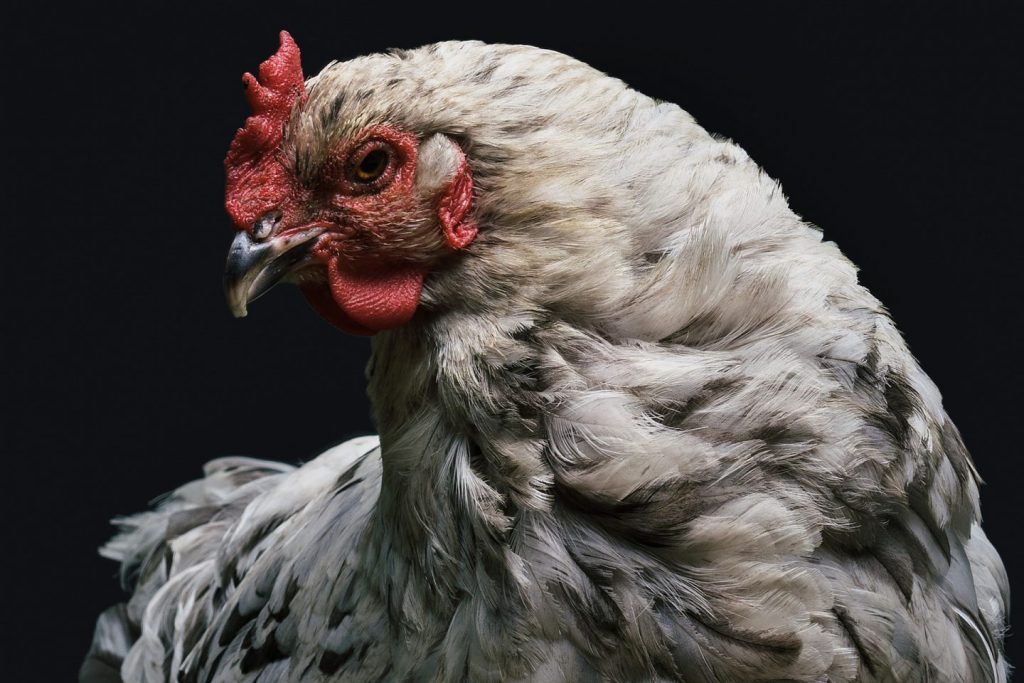
As they see more of the world, they learn that tigers and hens are not puppies. They begin to see a world full of different-looking creatures with different faces. Some are large; some are small. Some have striped fur; some have feathers. They become so skilled that they can not only tell a tiger from a hen but also effortlessly distinguish that one small all-black creature is indeed a puppy while the other small all-black creature is something called a kitten.
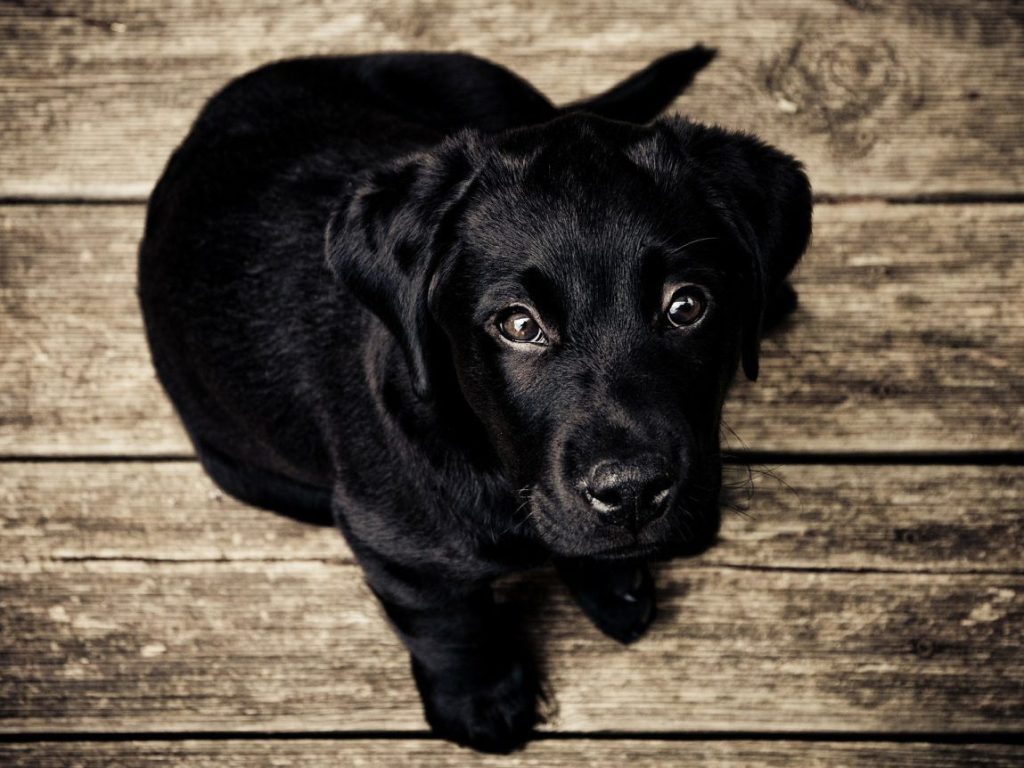
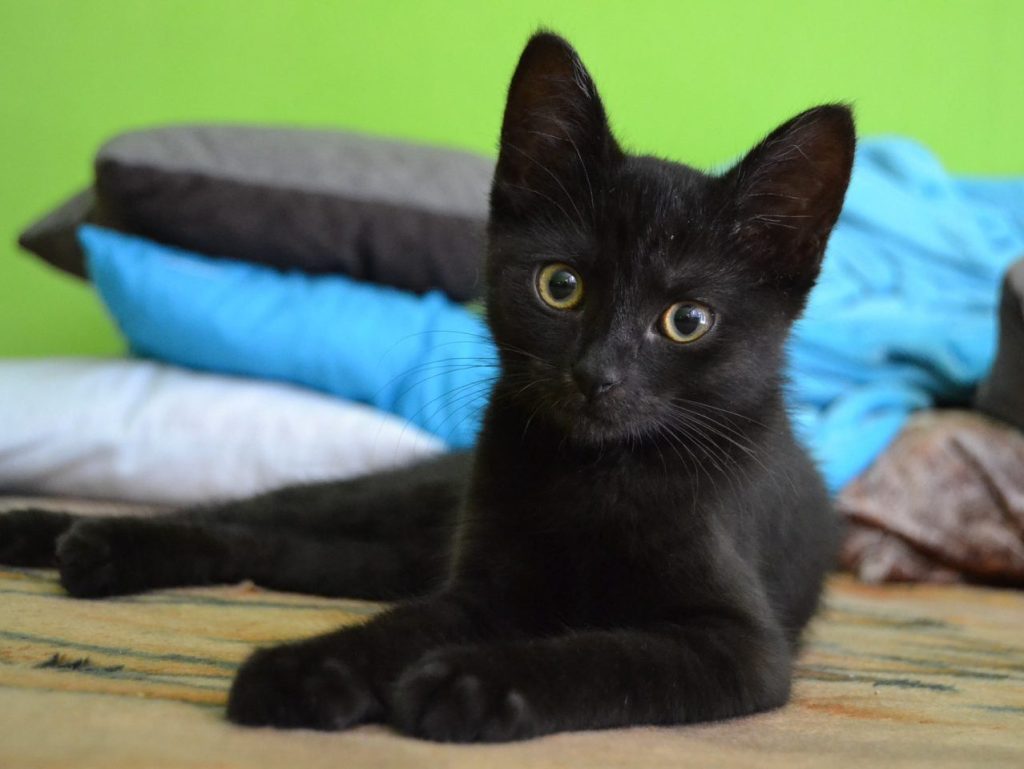
Their skill improves with more practice and experience in the world–to the point that they can visually tell the difference between these very similar letters.


With even more practice and experience, they can distinguish between similar but different combinations of letters like these.


It should be noted that searches of phrases like preschool visual discrimination and child visual discrimination bring up results full of lessons, craptivities, worksheets, flashcards, and worry. By worry, I mean content aimed at scaring parents into thinking they need to take action to ensure their child develops strong visual discrimination skills lest they not learn to read and write.
While some children struggle with developing this skill and need remediation, most children build their visual discrimination skills through the normal flow of play, exploration, and life. It’s something we humans have been doing for a very long time. There’s generally no need for the worksheets and lessons and worry.
Contribute content to Playvolution HQ
Brought to you by Explorations Early Learning
Thoughts On This Entry?
I’d love to hear your thoughts on improving this entry and suggestions for additional glossary additions in the comments below. You can also contact me with comments or concerns.
Browse Trainings
Author
Jeff Johnson is an early learning trainer, podcaster, and author who founded Explorations Early Learning, Playvolution HQ, and Play Haven.
In-Person And Online Training
Learn how to book an in-person or online training for your organization on these early learning topics.
Support The Site
I participate in the Amazon Services LLC Associates Program, an affiliate advertising program designed to provide a means for me to earn fees
by linking to Amazon.com and affiliate sites.
Thanks To Our Patrons
This post was made possible by patrons like these, who generously fund our work:
Supporters
Lissadell Greene Stephanie Goloway Jennifer Stark
Lagina Kozak Michelle Hankins
Marie Messinger Tamara L. Lakin
Fans
Jen Flemming Lizz Nolasco Cynthia J Bays
Susan Warner Kelly Sigalove Shawn Wolf
Vittoria Jimerson Codee Gilbert Wendy Tedford
Monica Morrell Pam Soloman Melissa Franklin
Teresa Watson Erika Felt Autumn Peele
Melissa Taylor Jahmeela Robinson Stacie Manning
Amber Maurina Terra Calamari Anne Jackson
Lagina Kozak Samantha Yeager-Cheevers
Elizebeth McCoy Sammy Cousens Ellen Cogan


Leave a Reply